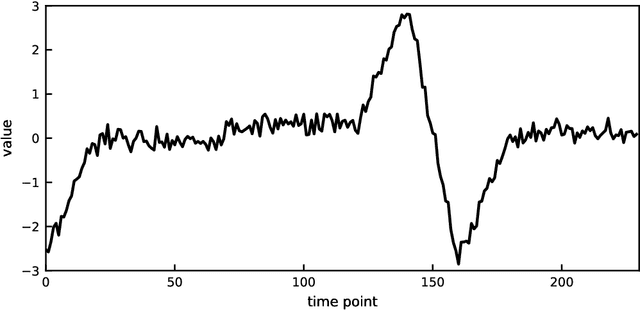ABBA: Adaptive Brownian bridge-based symbolic aggregation of time series
Paper and Code
Mar 27, 2020



A new symbolic representation of time series, called ABBA, is introduced. It is based on an adaptive polygonal chain approximation of the time series into a sequence of tuples, followed by a mean-based clustering to obtain the symbolic representation. We show that the reconstruction error of this representation can be modelled as a random walk with pinned start and end points, a so-called Brownian bridge. This insight allows us to make ABBA essentially parameter-free, except for the approximation tolerance which must be chosen. Extensive comparisons with the SAX and 1d-SAX representations are included in the form of performance profiles, showing that ABBA is able to better preserve the essential shape information of time series compared to other approaches. Advantages and applications of ABBA are discussed, including its in-built differencing property and use for anomaly detection, and Python implementations provided.
 Add to Chrome
Add to Chrome Add to Firefox
Add to Firefox Add to Edge
Add to Edge